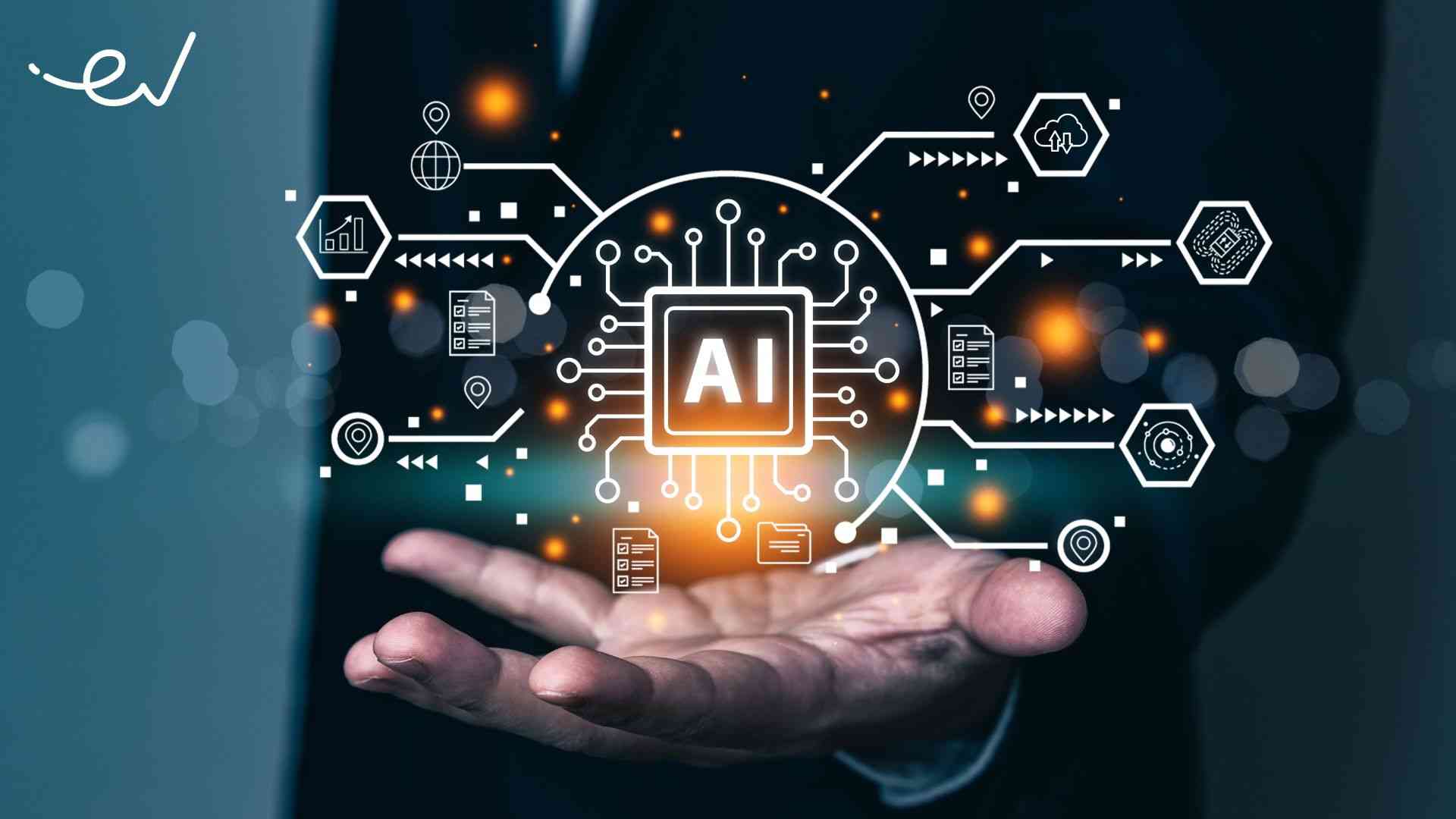
IN previous articles, we have highlighted the inevitable transformations in educational systems brought by artificial intelligence.
History proves the difficulty of resisting new technologies, and AI is no different. Rather than resisting AI with more regulations, we advocate embracing the potential benefits from the symbiotic bond between AI and education.
According to a recent NewsDay feature article by Gary Mtombeni, Artificial Intelligence (AI) has made its mark in Zimbabwe's secondary and tertiary institutions, impacting traditional research methods.
Authorities seem unsure how to address this shift, suggesting AI's influence may currently be limited to certain areas, minimising its overall impact.
It is clear, however, that we are still on the tip of the iceberg. I decided to leave a scriptwriting master's programme at Falmouth University when I realised that AI had impacted scriptwriting and screenplay skills.
AI is capable of taking your ideas, enhancing them, and crafting scripts more effectively than humans. AI has the capability to elevate a simple sentence into a comprehensive script through the integration of fresh concepts and unexpected turns.
We have confidence in the authorities to reach the optimal solution for educational programmes impacted by AI in this manner.
In this article, however, we try to look at the positive side of AI’s impact on education.
- Public relations: How artificial intelligence is changing the face of PR
- CCC urged to push for dialogue over reforms
- A peep into Matenganyika’s artistic closets
- Queen Lozikeyi singer preaches peace
Keep Reading
First ever AI legislation
The European Parliament has in March 2024, approved a regulatory framework for AI systems, specifically aimed at addressing potential risks.
AI systems utilised in education and vocational training are required to be registered in an European Union (EU) database. The legislation does not specify any significant actions that would impact education.
It is probable that the regulations enacted by the European Parliament will have global implications.
AI vs neuroscience
A United States-based startup that provides professional development to educators in discussion-based techniques for the classroom in its ‘Teach Different Blog’ says: “There’s a growing divide between educators who favour traditional, human-led teaching methods and those who advocate for the integration of artificial intelligence AI in the classroom.
“This shouldn’t surprise us. There are always teachers who are quick
to adopt new technologies and others that, well, like things the ‘old school’ way.
“Proponents of team ‘human’ emphasise that education transcends the mere transfer of knowledge and skills. They argue that the essence of learning is deeply rooted in human interaction – an opinion supported by neuroscience, which has found that brainwaves actually synchronise during direct human conversations.
“The neuroscience process is complex and subtle and is called neural coupling, where brains literally match patterns, facilitating empathy, understanding, and deeper cognitive connections.
“This phenomenon, unique to human interaction, is currently beyond the capabilities of AI. In contrast, supporters of ‘team AI’ highlight the efficiency, accessibility, and personalised learning opportunities that AI can bring to education.
“AI tools can offer tailored lessons, instant feedback, and a vast repository of knowledge, potentially revolutionising how students learn and teachers teach”.
Eric Schultz is a proponent for the positive impact of AI on Education.
He is branch strategy consultant at WebSuite Media and writes in LinkedIn: “Artificial Intelligence (AI) has revolutionised education. In this article, we will explore five examples of AI in education that are transforming the way students learn and teachers teach.
Chatbots
AI-powered chatbots are virtual assistants that provide instant assistance to students and teachers, no matter where they are.
These chatbots are designed to be user-friendly and highly responsive, providing personalised support to students and teachers in real-time.
Chatbots can provide 24/7 support, reducing the workload on teachers by answering routine questions and providing guidance on basic tasks.
They are highly adaptable and can be customised to suit the needs of each individual school, teacher, or student.
Smart content
AI-powered smart content adapts to a student's level of learning and provides personalised content and assessments. It ensures that each student is receiving the appropriate level of instruction, regardless of their individual learning style or pace.
Smart content can provide immediate feedback to students and personalised recommendations on which topics they should focus on, based on their individual learning needs. It is highly customisable, allowing teachers to tailor it to suit their specific classroom needs.
Intelligent Tutoring Systems - ITS
AI-powered intelligent tutoring systems provide personalised guidance to students and offer help when needed. ITS adapts to the student's level of learning and provides personalised instruction, support, and feedback to help the student master a particular topic or skill.
It provides immediate feedback to students and personalised recommendations on which topics they should focus on, based on their individual learning needs.
Automated grading
AI-powered automated grading can evaluate student assignments, exams, and homework, reducing the time and effort required by teachers.
Automated grading provides immediate feedback to students, helping them to identify areas where they may be struggling and providing guidance on how to improve their performance.
Teachers can save time on grading and focus on providing more personalised instruction and support to their students.
Personalised feedback
AI-powered personalised feedback provides real-time feedback to students on their learning progress, helping them to improve their performance over time.
It provides immediate feedback to students, personalised recommendations on which topics they should focus on, based on their individual learning needs.
Teachers can use personalised feedback to identify areas where students may be struggling and to provide insights into how to improve the overall learning experience. Eric Schultz concludes: “AI is transforming education, providing personalised support and guidance to students and reducing the workload on teachers. AI-powered chatbots, smart content, intelligent tutoring systems, automated grading, and personalised feedback are just a few examples of how AI is revolutionising education. As AI continues to advance, it is likely that we will see even more exciting applications of AI in education”.
As AI educational solutions continue to mature, the hope is that AI can help fill needs gaps in learning and teaching and allow schools and teachers to do more than ever before.
The inter-connectivity of digital platforms will lead to the swift dissemination of any advancements in AI, ensuring that Zimbabwe remains promptly informed of any new breakthroughs.
- Bangure is a filmmaker with extensive experience in print and electronic media production technologies. He is an AI enthusiast and scholar. — [email protected].











